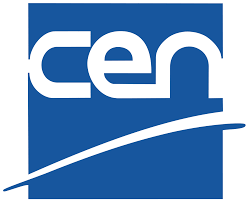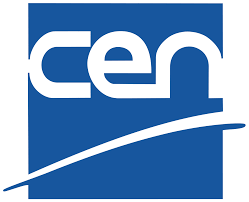Technical Committee (TC) Core Network and Interoperability Testing (INT)
We develop test specifications to test interoperability, conformance, performance and security. The methodology used is end-to-end (e2e) and includes verification of both the control and user plane. The test specifications are based on 3GPP specifications which enable network operators to test their network for services for both fixed and mobile customers.
We produce test purposes, test descriptions, and TTCN-3 test cases to enable interoperability testing of the core network elements and covering the single-network, interconnect and roaming scenarios. Use Cases and requirements specified by ETSI for Automated and Autonomic Management and Control (self- management) of Networks and Services are tested via “industry standards-anchored” Proof of Concepts (PoC) events.









